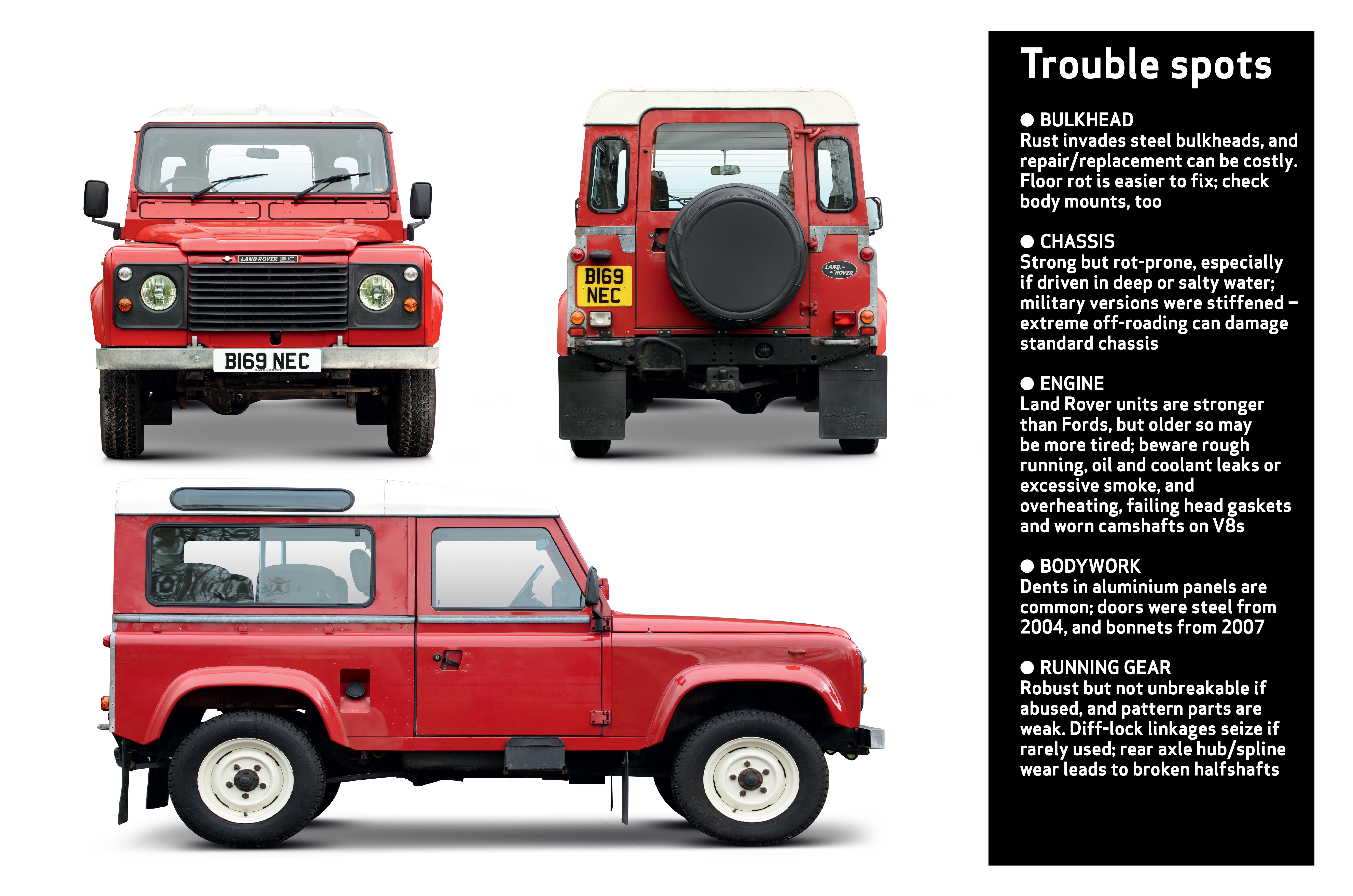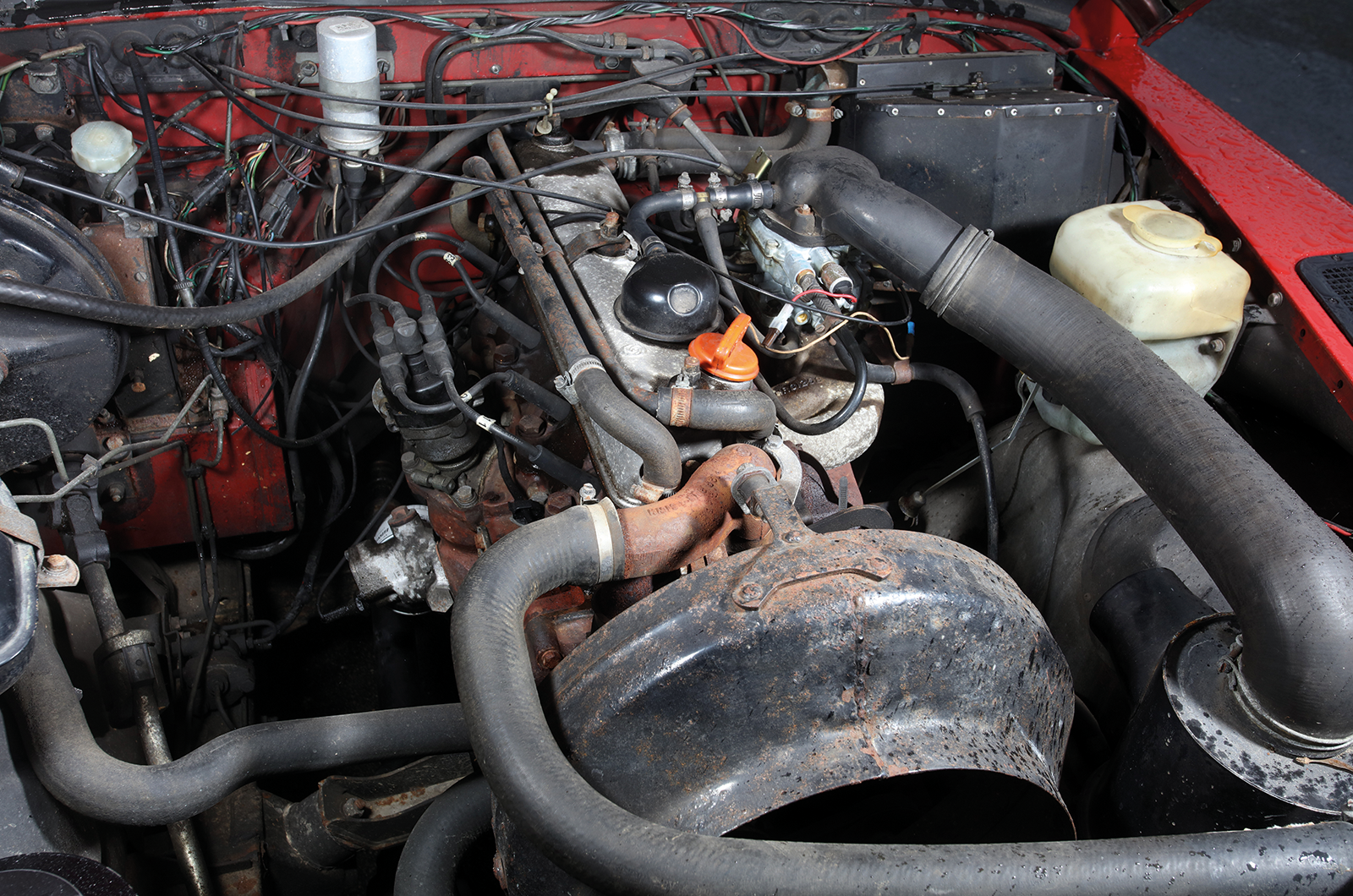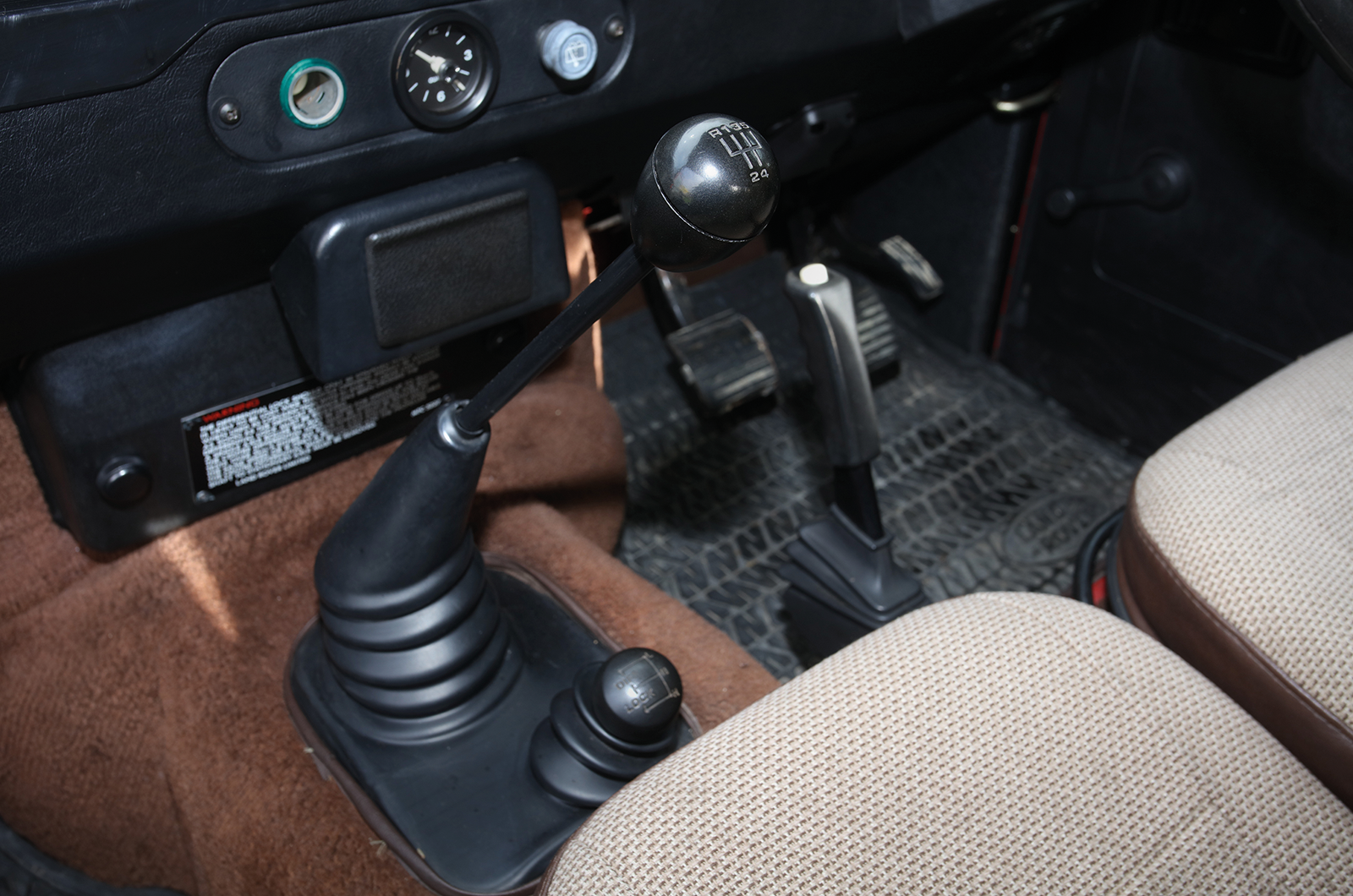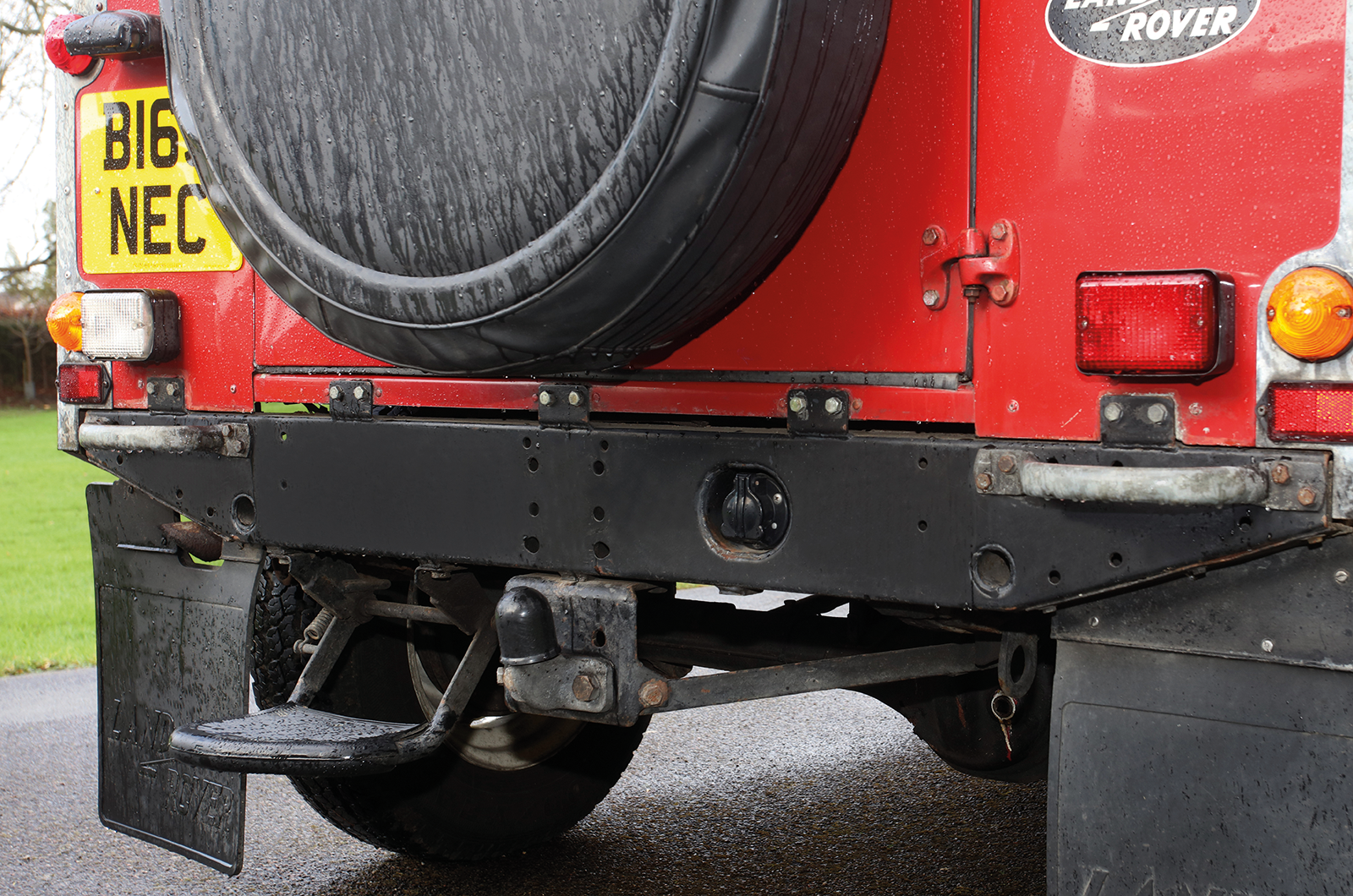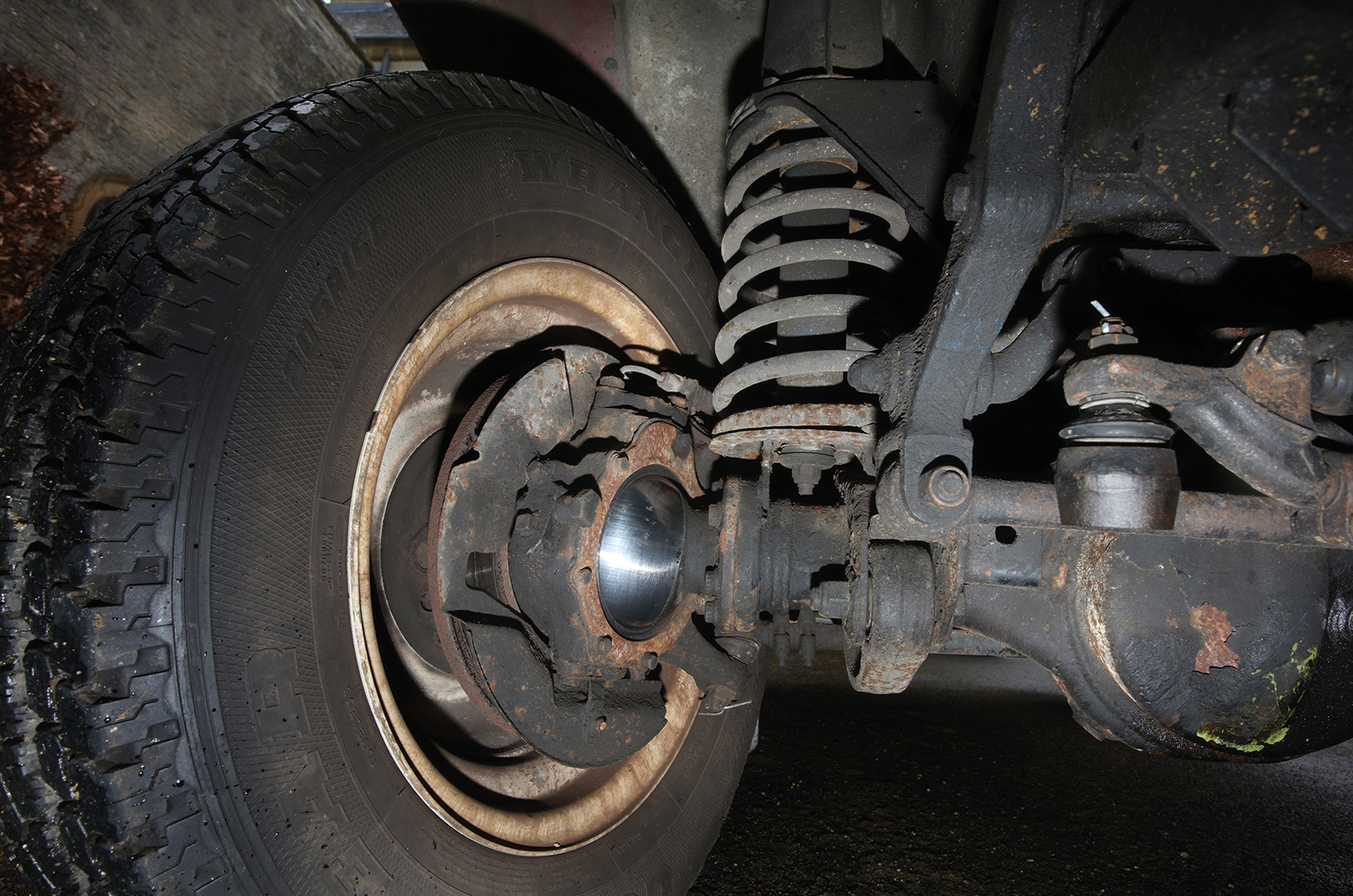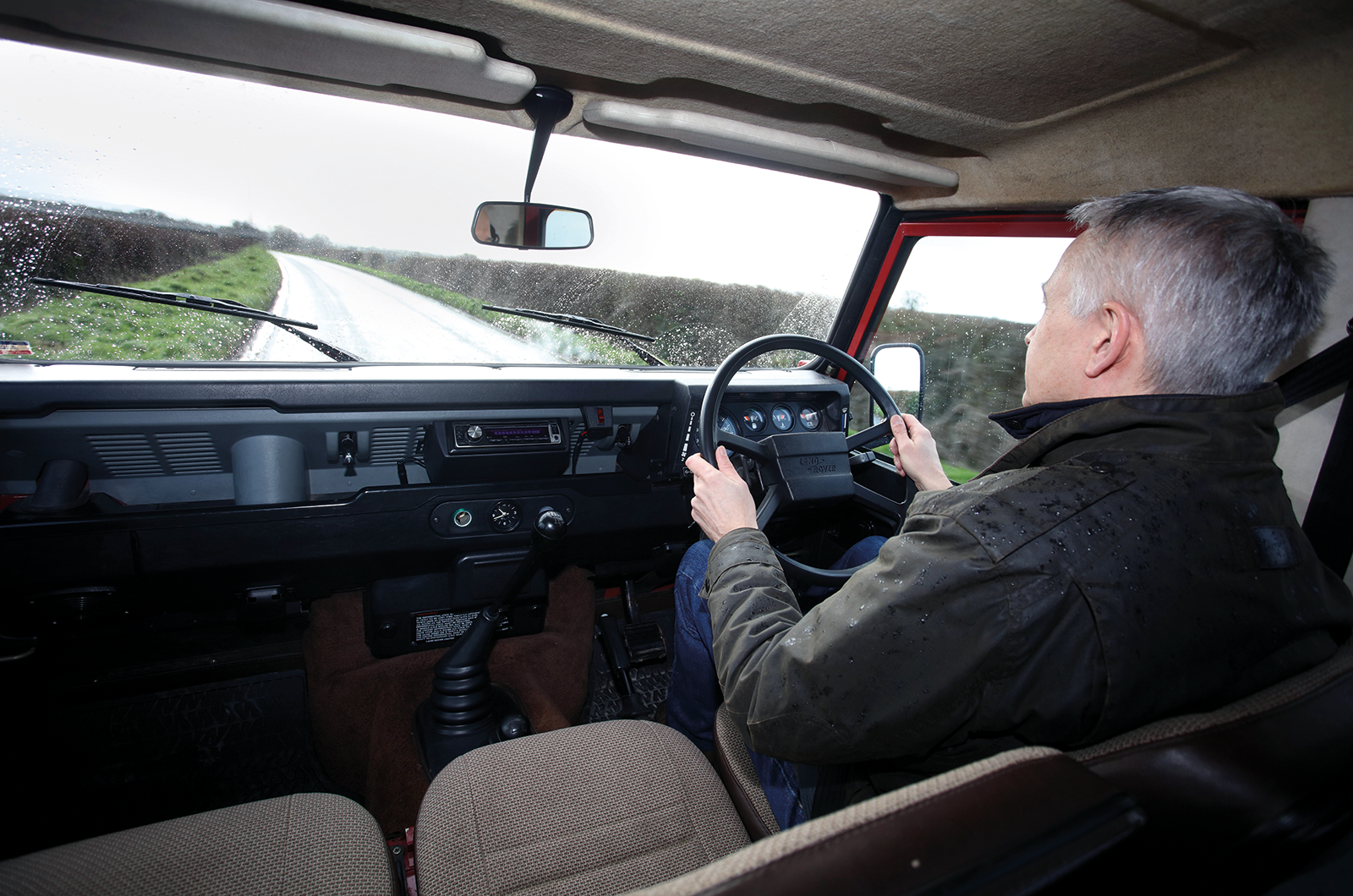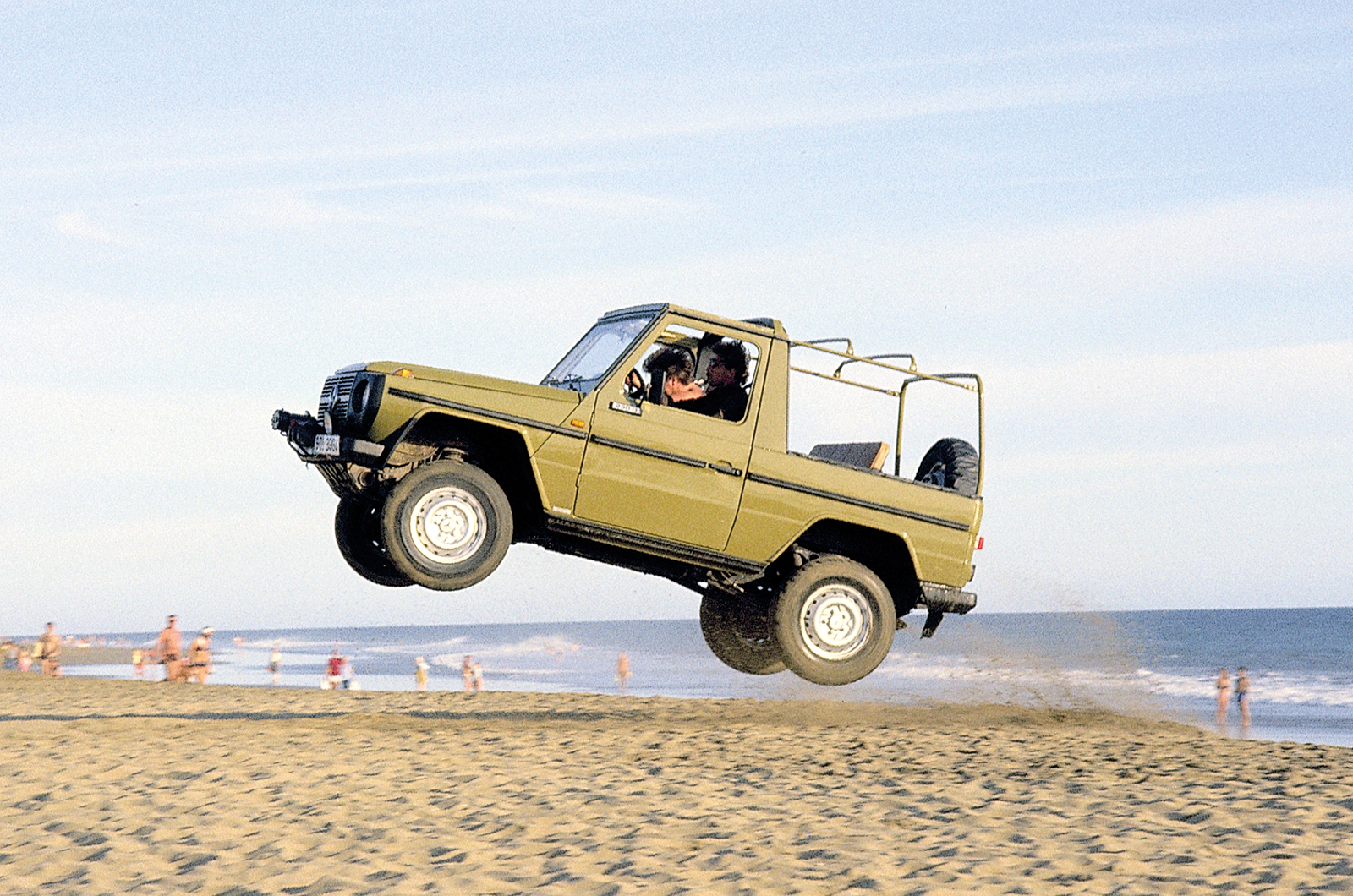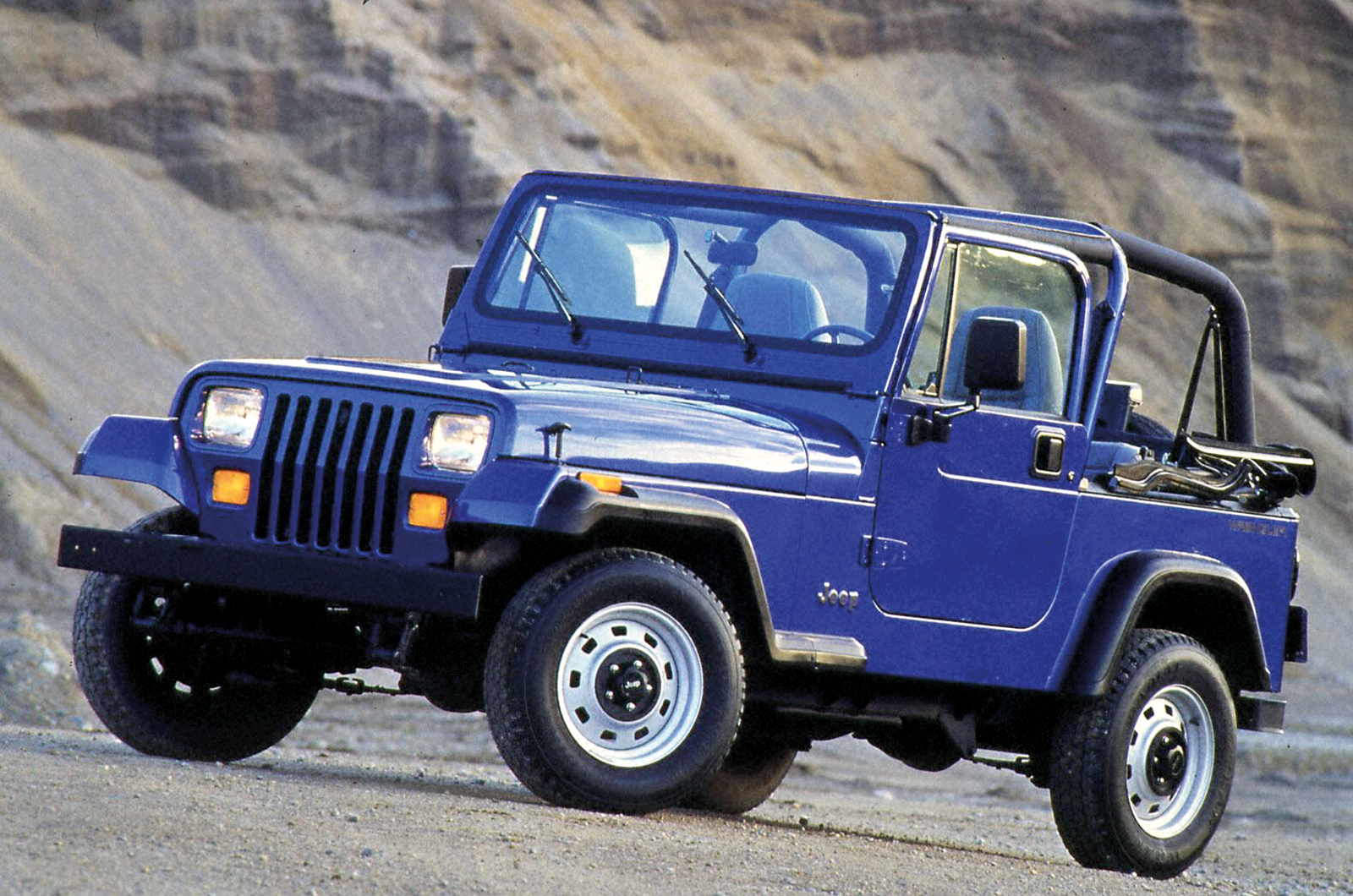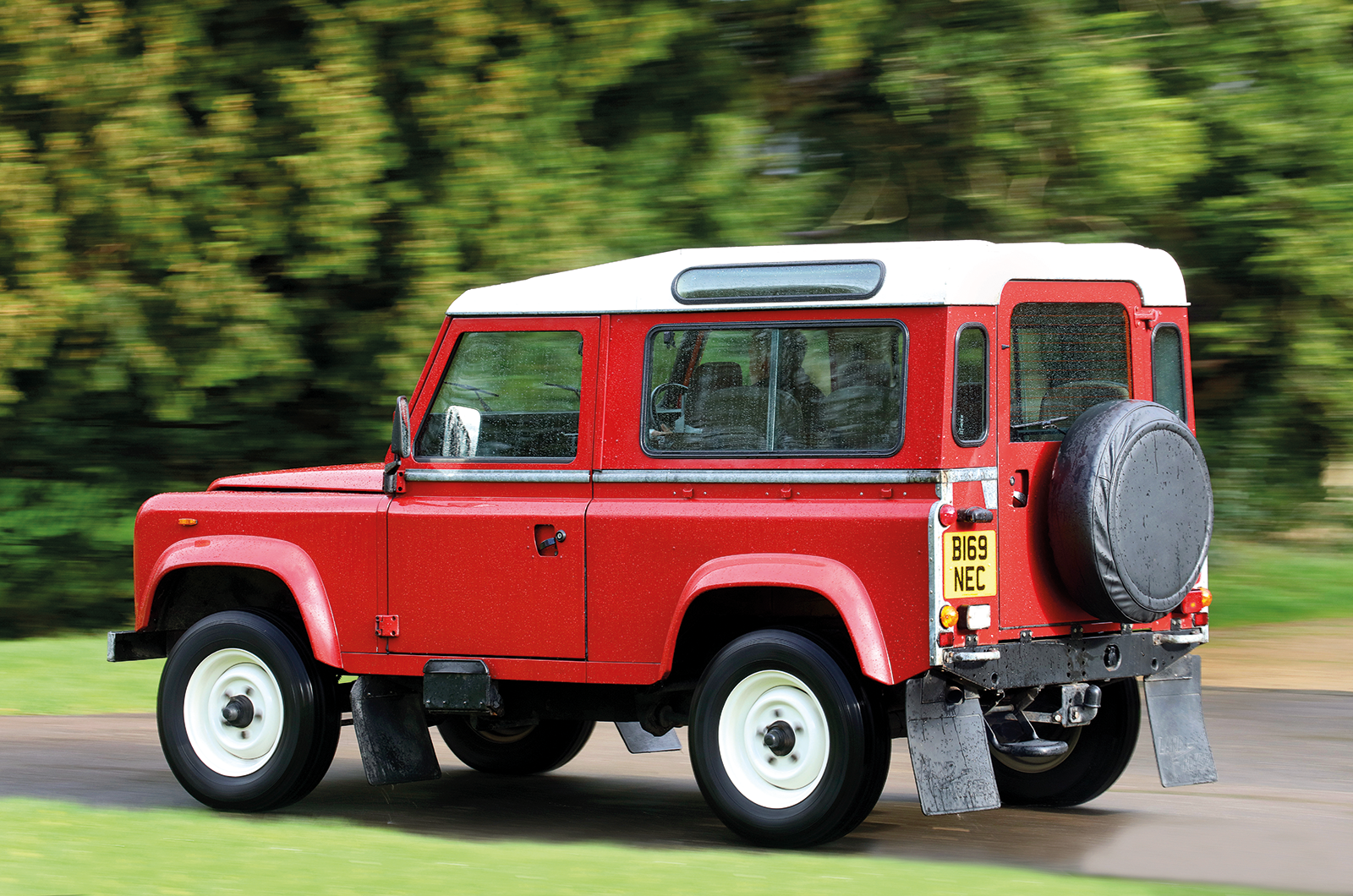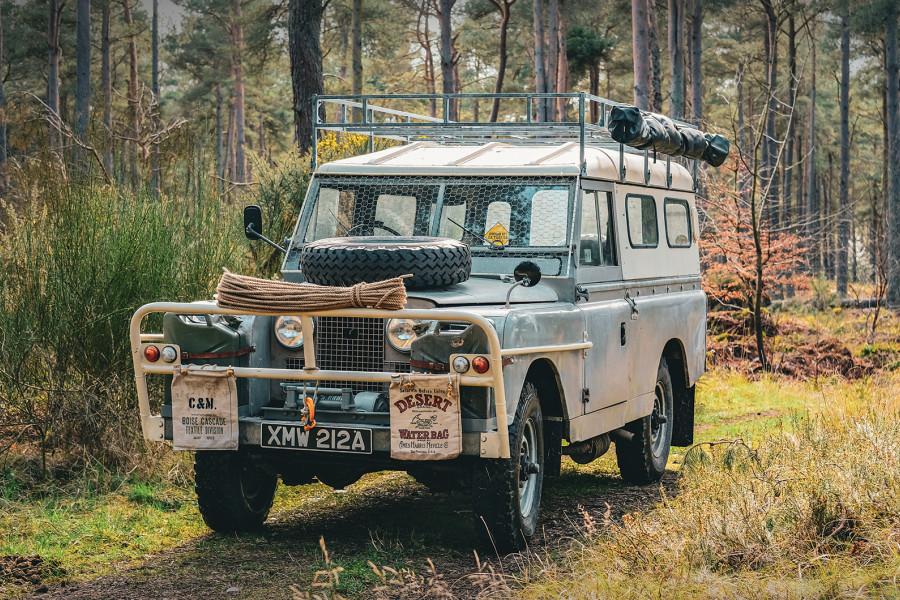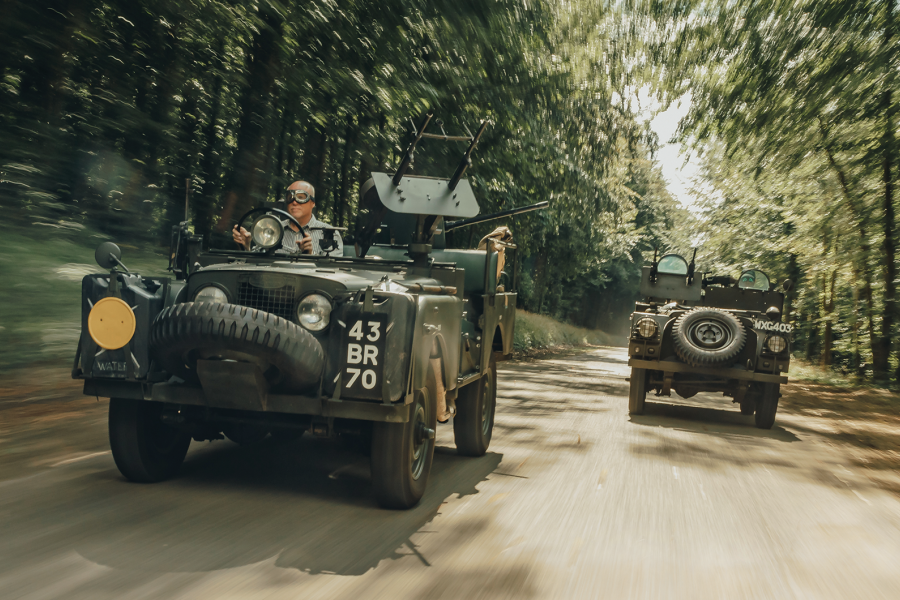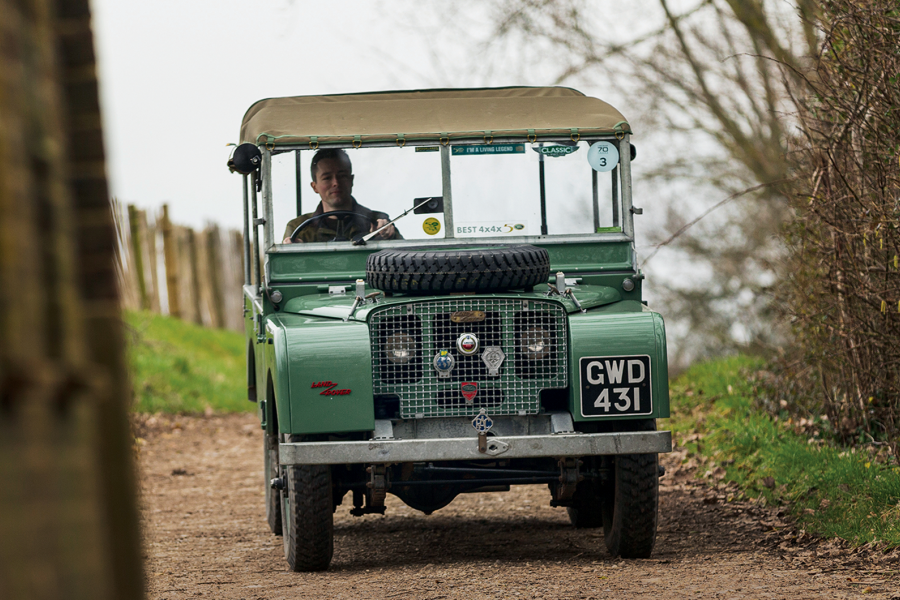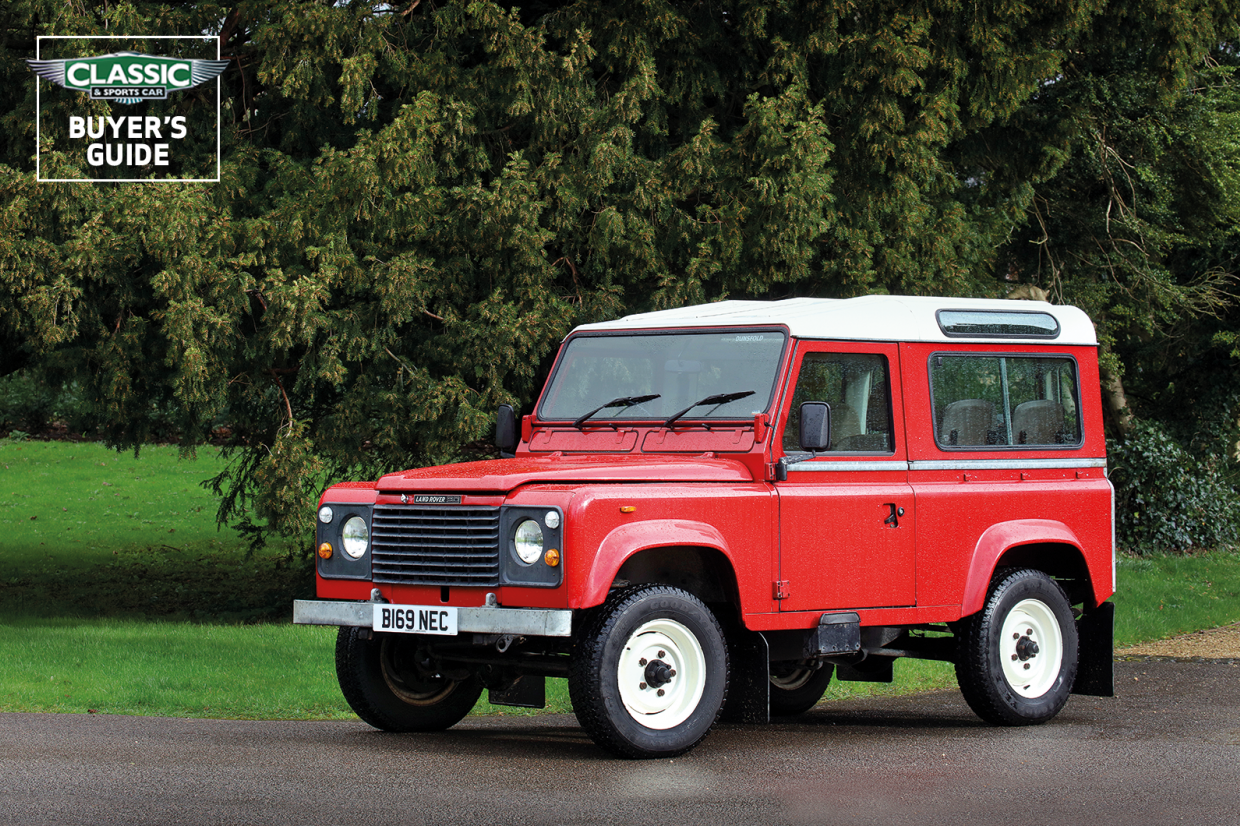
Why you’d want a Land Rover 90, 110 or Defender
The Land Rover was steadily improved following its launch in 1948.
Mechanical changes had arrived at a glacial speed since the introduction of the 2¼-litre engine in 1958 and its diesel equivalent in 1961 – and the looks had been little-changed since the Series III of 1971.
A sign of things to come appeared in 1979 with the Stage 1 V8, incorporating a detuned Range Rover engine and LT95 gearbox with permanent four-wheel drive: all were on 109in chassis and most were exported.
The formation of Land Rover Ltd as a separate company within British Leyland finally meant attention was paid to updating the legend to compete with the plethora of rivals eating into its market.
The name ‘Defender’ would be adopted in 1990 to differentiate the original car from the recently introduced Discovery – when launched in 1983-’85 the models were known as the One-Ten, the Ninety and the 127, denoting the different wheelbase options.
Visually distinguished by their one-piece windscreens, full-length bonnets, flat fronts and wheelarch flares, under the skin they featured coil-sprung suspension, permanent four-wheel drive, a five-speed ’box, high/low ratios and central diff lock, front disc brakes with a servo, more comfortable seats, wind-up windows, better soundproofing, power steering (an extra at first) and the option of the V8 across the range. All this without any reduction in its superb off-road ability.

